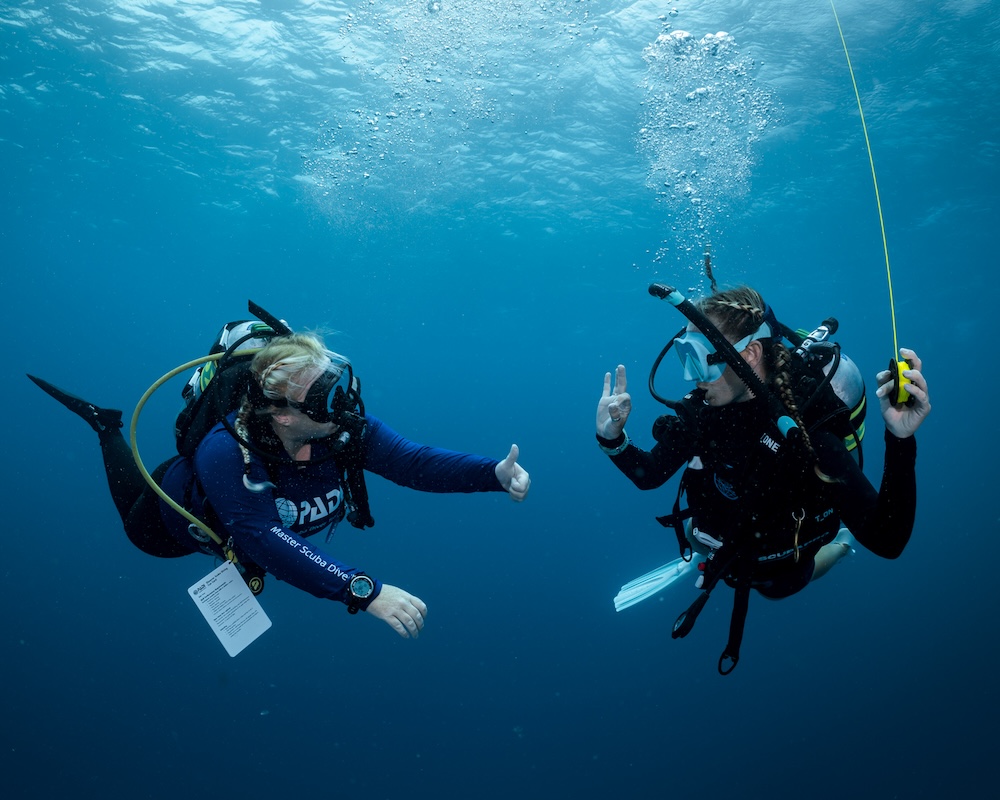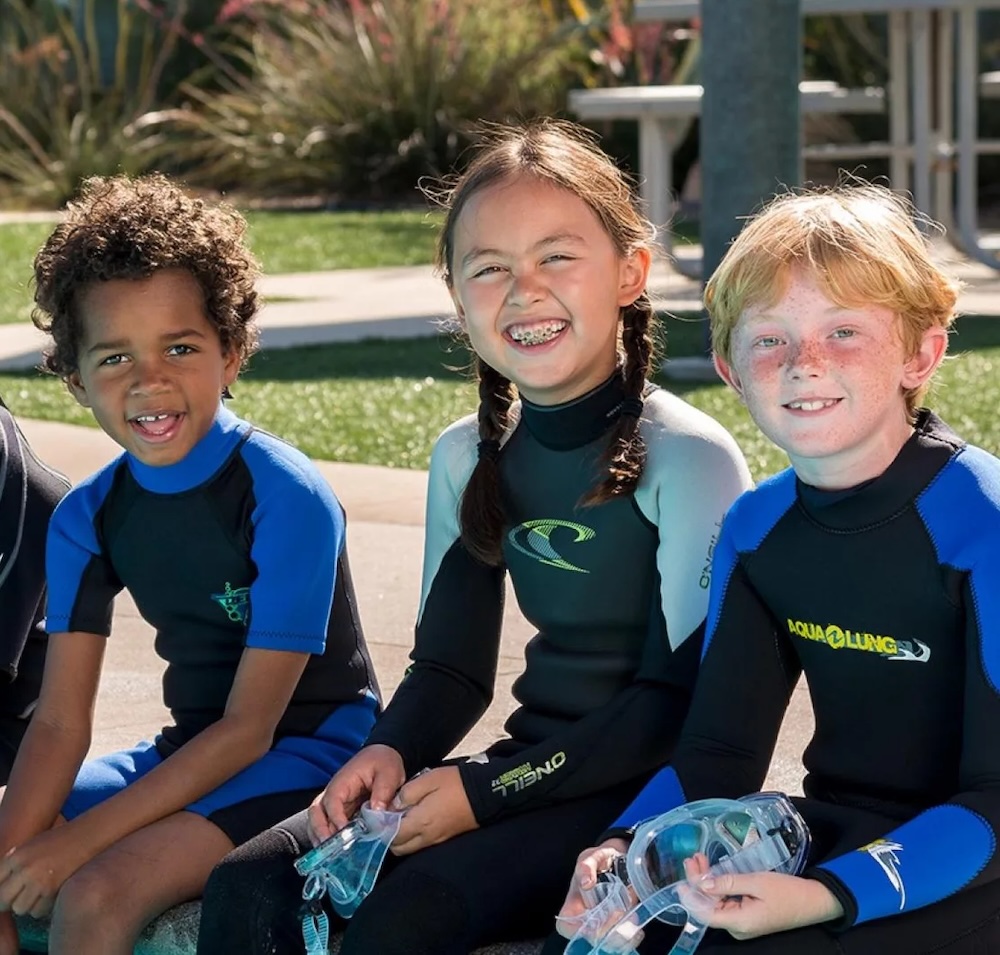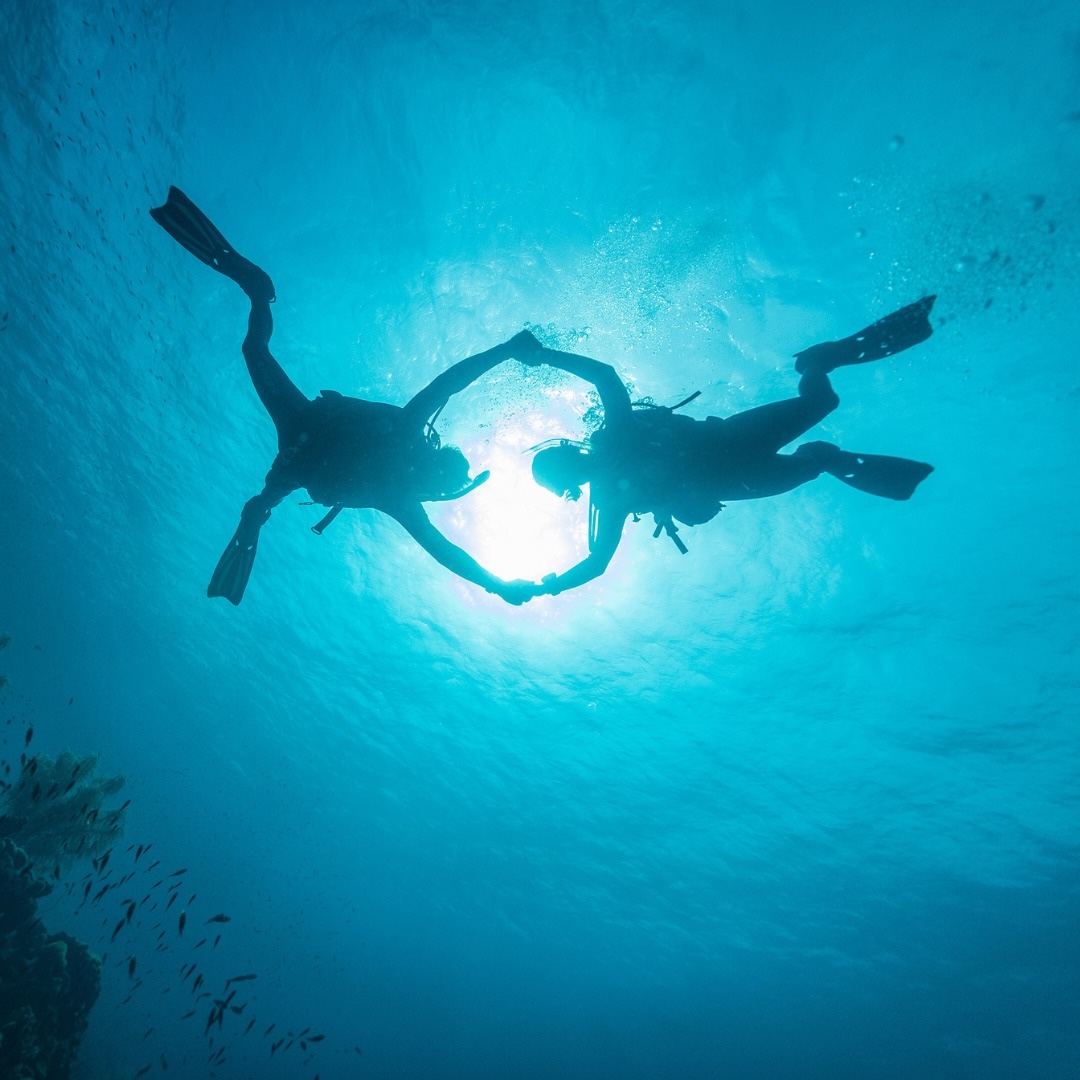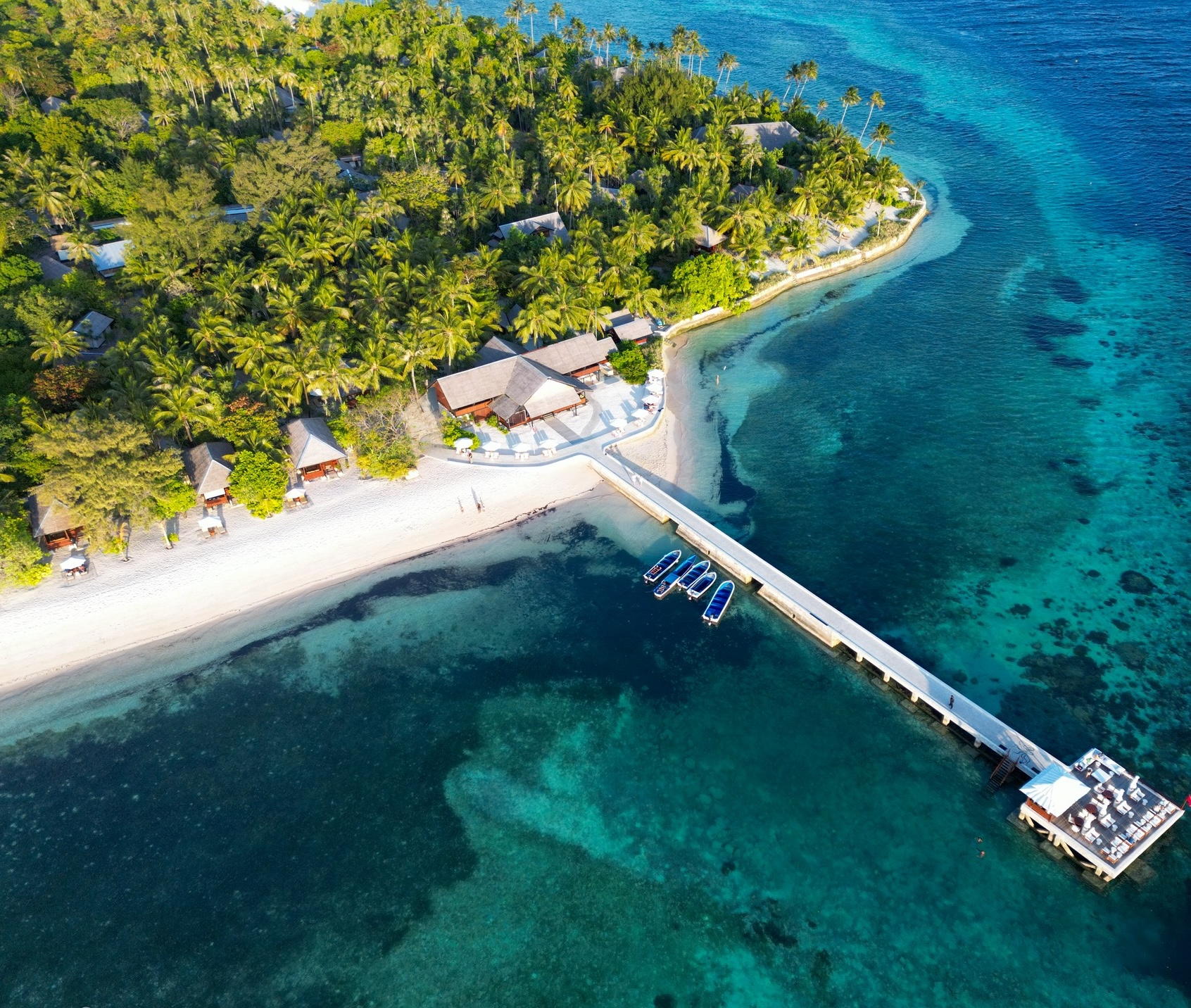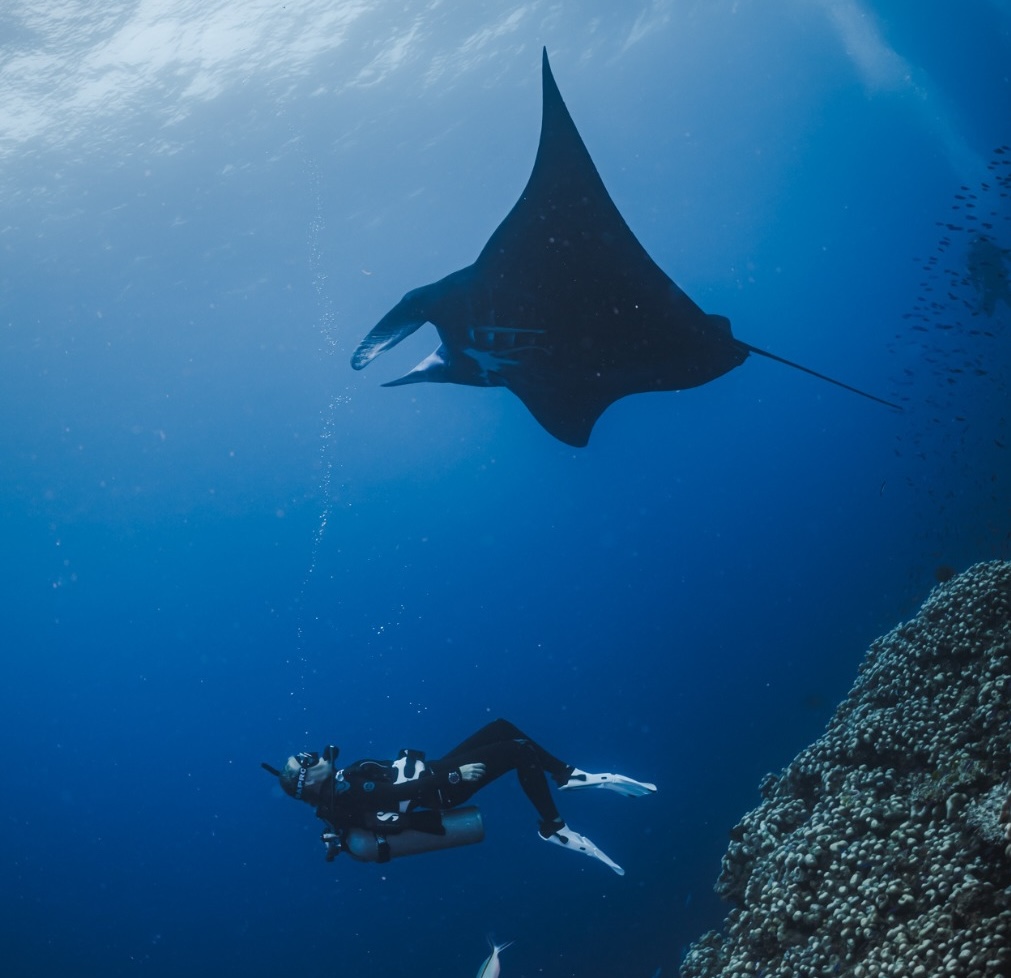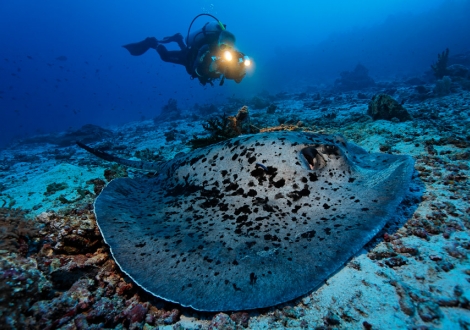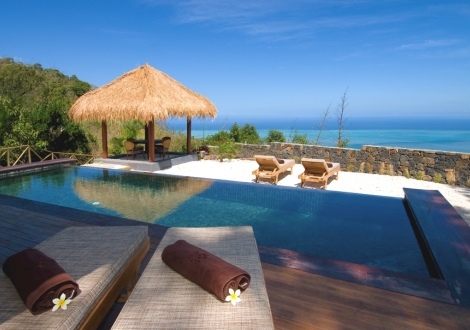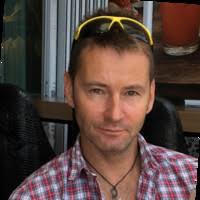Please wait
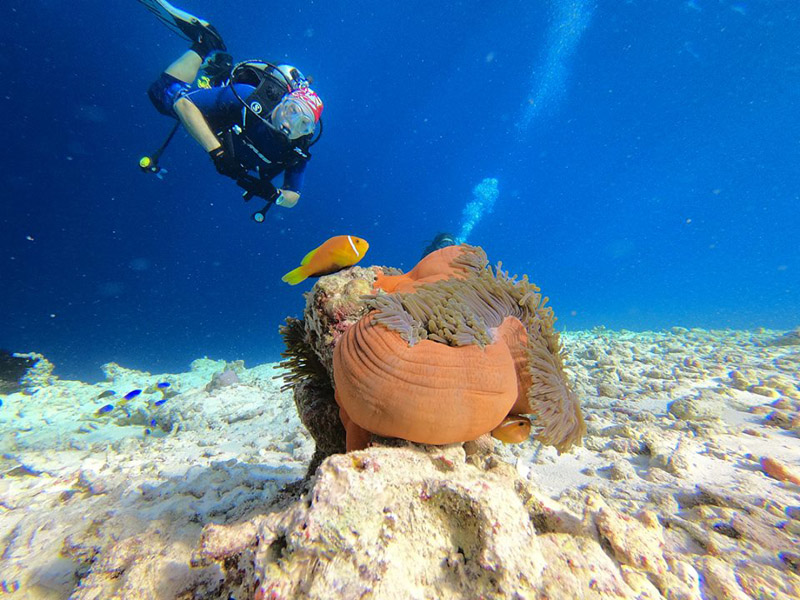
Cocoon houses a fully equipped diving centre, run by certified professionals. Novices can learn to dive, and complete their PADI certificate here. Experienced divers can enjoy bespoke dive trips to some of the Atoll’s most vibrant dive sites. Are you an adrenaline junkie? Cocoon’s Water Sports Centre offers everything you need for the ultimate water sports thrill. From snorkeling to jet skis, we have the complete range of water sports equipment and activities to satisfy even hard-core adventurers.
Cocoon Maldives is also one of the few islands in the Maldives where you can learn how to kitesurf. The pristine lagoon of Cocoon Maldives with its flat water is the best condition for
beginners and experienced alike.



 Nassau
Nassau
